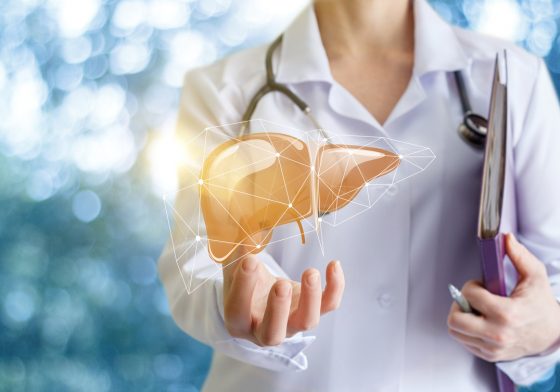
Non-alcoholic fatty liver disease (NAFLD) is a condition in which fatty deposits build up in the liver. The disease often has no symptoms in the early stages and can be connected to other common illnesses.
It’s hard to believe that non-alcoholic fatty liver disease (NAFLD) was once considered rare. Today, it is not only a common concern but also the most common form of chronic liver disease in the U.S. and it currently affects an estimated 80 to 100 million Americans. In general, NAFLD is characterized by too much fat stored in the liver of a person who does not drink a significant amount of alcohol. One major reason for the sharp rise of fatty liver disease is the obesity epidemic in our country. This correlation exists because obesity can lead to excess fat build-up in the liver, which can cause inflammation in the liver, and in turn eventually lead to cirrhosis.
Who Is At Risk?
Fatty liver disease occurs in every age group, including children and young adults. It is most commonly found in people over 40 who are at high risk of heart disease because of such risk factors as obesity and type 2 diabetes. The condition is also closely linked to metabolic syndrome, which is a cluster of disorders including increased abdominal fat, high blood sugar, high blood pressure and high cholesterol. Anyone with these conditions should have regular tests to monitor for liver complications.
Treatment
Right now the mainstay of treatment for fatty liver disease is weight loss through dietary modifications and exercise. But some medications and surgical options are available under the care of a gastroenterologist, depending on the severity of the disease. Researchers are also looking into additional medical therapies that would attempt to decrease fat, inflammation, and fibrosis in the liver, though these will likely not be available for many years.
Prevention
Can any steps can be taken to prevent NAFLD? The answer to this is “yes.” You can reduce your risk of fatty liver disease by exercising regularly, eating a healthy diet, and achieving and maintaining a normal body weight. In addition, it is of paramount importance to have optimal control of any co-existing medical conditions that are known to contribute to liver disease.